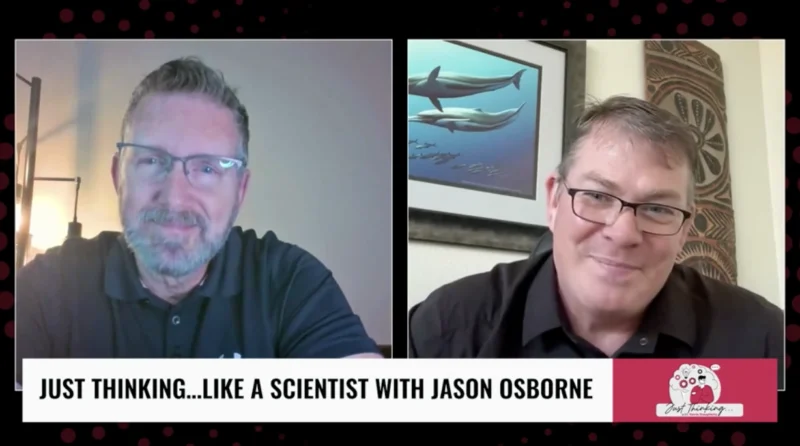Cooler News: Walk-In Freezer Innovations are Defying the Laws of Thermodynamics
The first modern freezer hit homes in the early 1900s. Since then, modern refrigeration and freezers have come a long way; the laws of thermodynamics, though, haven’t changed. The way in which people treat and manage their walk-in freezers often incurs more costs for a company, whether that’s in maintenance or energy costs, and it all ties back to thermodynamics. Research by scientists like today’s guest, though, KPS Global’s Technical Fellow James Costanza, has made modern industrial walk-in freezers more efficient, longer-lasting, and environmentally friendly.
Costanza first breaks down how energy flows, from a higher level to lower level of energy. He elaborates on the biggest thermodynamic challenges facing the construction of walk-in freezers today: conductance, convection, condensation, and radiation. These challenges have faced scientists and engineers since refrigeration began evolving over 200 years ago.
“Historically the cold storage industry…has been relatively stagnant in significant innovations,” Costanza said. But he continues to explain how KPSG has married elements of strength, such as insulated panels, and elements of thermal properties to craft a single product (a “FUSIONFRAME system”) that is a significant improvement in the industry, for the customer and the environment.
Perhaps the biggest challenge to Costanza and his team is condensation. He said condensation is “…the single largest issue related to storage of cold storage envelopes.“ So how do engineers battle the ongoing threat of condensation build-up, material deterioration, and mold growth? He explains the design in laymen’s terms, emphasizing how important it is to minimize condensation, particularly in food preparation spaces. The engineering group and manufacturing group at KPSG has pulled off a true feat of science in their innovative new design of walk-in freezers.
Find out more about how KPSG developed the software and is playing a focused role in patient care by listening to the podcast.
Follow us on social media for the latest updates in B2B!
Twitter – @EnergyMKSL
Facebook – facebook.com/marketscale
LinkedIn – linkedin.com/company/marketscale








